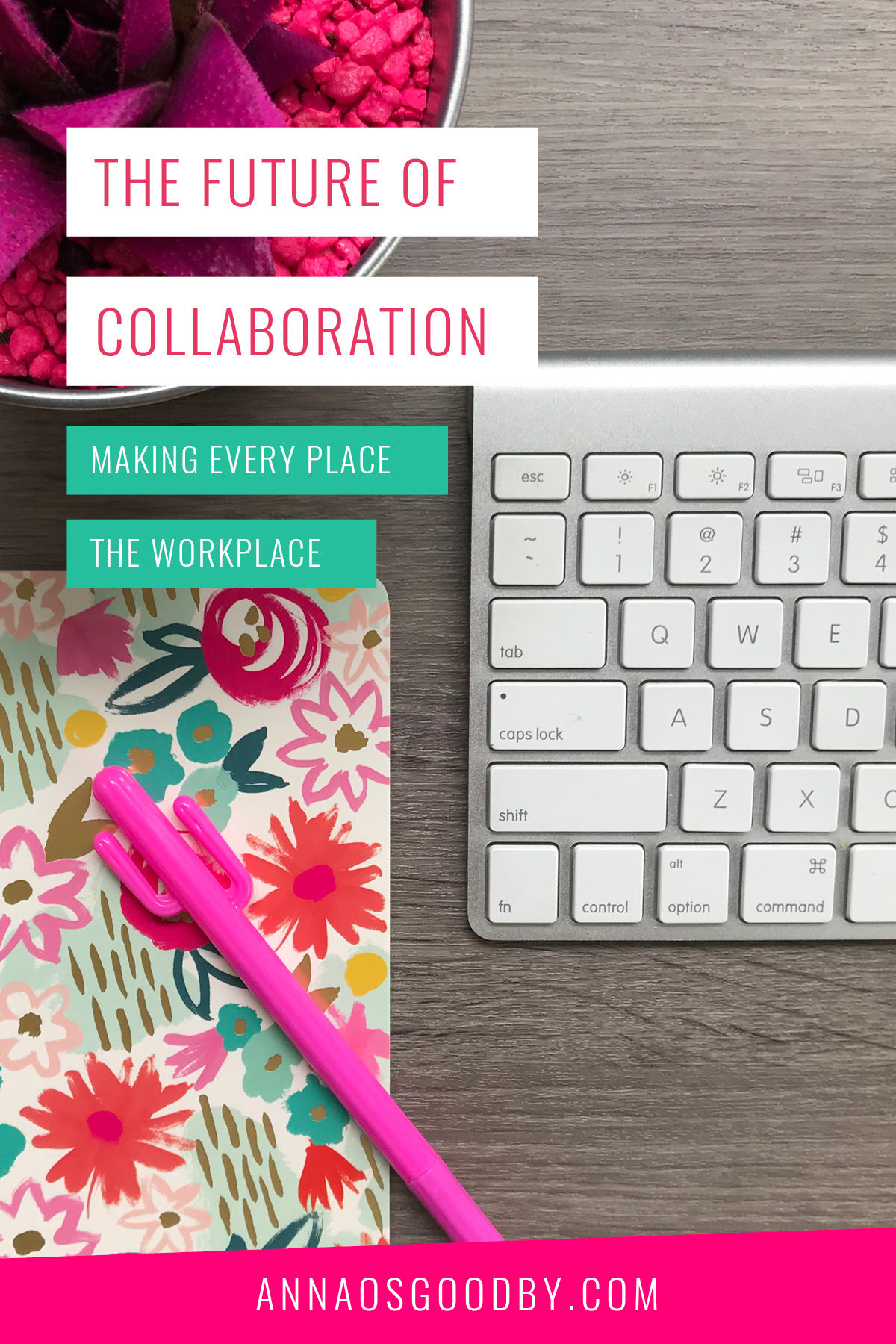As the trend of working remotely evolves, so too will the technology we use. The truth is, the way we’re working today is very different from five years ago and with that, adaptive technology is being created to fill our needs. So what does that mean in a collaborative team setting?
Smarter Tools that Work Together
In my post “What Do Smarter Teams Look Like?” I touched on the fact that as we move forward, our tech will continue to get smarter. Today I’m going to take that one step further. While having technology that is intuitive and takes over mundane tasks like setting up conference calls is nice, it’s even better when that technology integrates automatically across several tools we use.
What do I mean by that? Well, technology has advanced and made it much easier to collaborate regardless of our location or even device, but sometimes that doesn’t correlate between programs. Collaborative technology is great, only it’s not so great when every client you work with uses something different. As we move into the future, our collaborative programs will need to work on integrating new features internally or improving API functionality so that they can interact seamlessly with third-party programs.
This will benefit remote working in many ways. Just as Google and Microsoft began integrating chat and file-sharing applications into their programs in the early 2000s, collaborative software will continue to expand its offerings and capabilities. No longer will you need to toggle between different programs for signing agreements, invoicing, submitting project feedback, setting up conference calls, and scheduling. Instead, our tools will evolve and be focused more on compatibility and working together.
In an opinion piece for CIO.com, “The growing impact of artificial intelligence on workplace collaboration” Dave Smith observes, “The emerging focus on AI is really about making decision support systems more efficient across a multitude of applications, processes and business domains. I believe AI will bring intelligent collaboration capabilities to the emerging Conversational Workspace platforms.” The technology that will stand the test of time will be able to streamline workflows and find solutions for our needs.
Another benefit of adapting AI and other technology advances is localizing business data. In an age of systems being hacked and private data being exposed, this will allow businesses to keep better track of their information.
Making Remote Work Friendlier
As I touched on in my earlier post, AI enables teams to cut back on mundane tasks such as testing technology or setting up conference calls. Another element of this is having technology perform actions automatically based on strategies developed by humans. So you could have AI tackle some of the following tasks:
Transcribe conference calls and send recap emails to participants
Listen in for meeting details and create reminders to do specific tasks
Suggest relevant documents to share with team members
Add deadlines to your calendar or project management tools
Book co-working spaces or provide suggestions for in-person meetings
These are just a few examples of how AI can intuitively help with our processes. Although that’s great for freeing up some of our time, AI will also provide some much-needed support to those working independently. While there are many benefits to working remotely, it can be a transition for those who are used to working in an office setting. Integrating AI provides support for day-to-day tasks that can help make the experience a little friendlier.
Having an AI Assistant in Your Back Pocket
Beyond eliminating mundane tasks, AI has the opportunity to dramatically improve our workflow with specialized AI assistants. As a designer, I use the Adobe Suite for my graphic design work and Squarespace for all of my website design projects. In my line of work one part of my job is listening to the type of design my client is looking for and the other is figuring out how to actually make that a reality.
While I have quite a bit of experience in both fields, there are many times that I have to research techniques or instructions on how to accomplish said goals. By having AI technology specific to each of these programs, it would be able to provide intuitive suggestions or shortcuts based on my activity to help me achieve the effect I’m looking for. This would allow me to focus more time on bringing my clients’ visions to life and less time reading through research or watching tutorials. Something that would benefit all parties involved.
In closing: Technology and AI have the power to revolutionize how we work remotely, but it is up to us to identify our needs for the technology. When we take full advantage of it, AI will enable us to build stronger partnerships, maximize remote working opportunities, and perform our tasks in a super human way that wasn’t possible previously.
**This post is brought to you by Cisco and IDG. The views and opinions expressed herein are those of the author and do not necessarily represent the views and opinions of Cisco.



